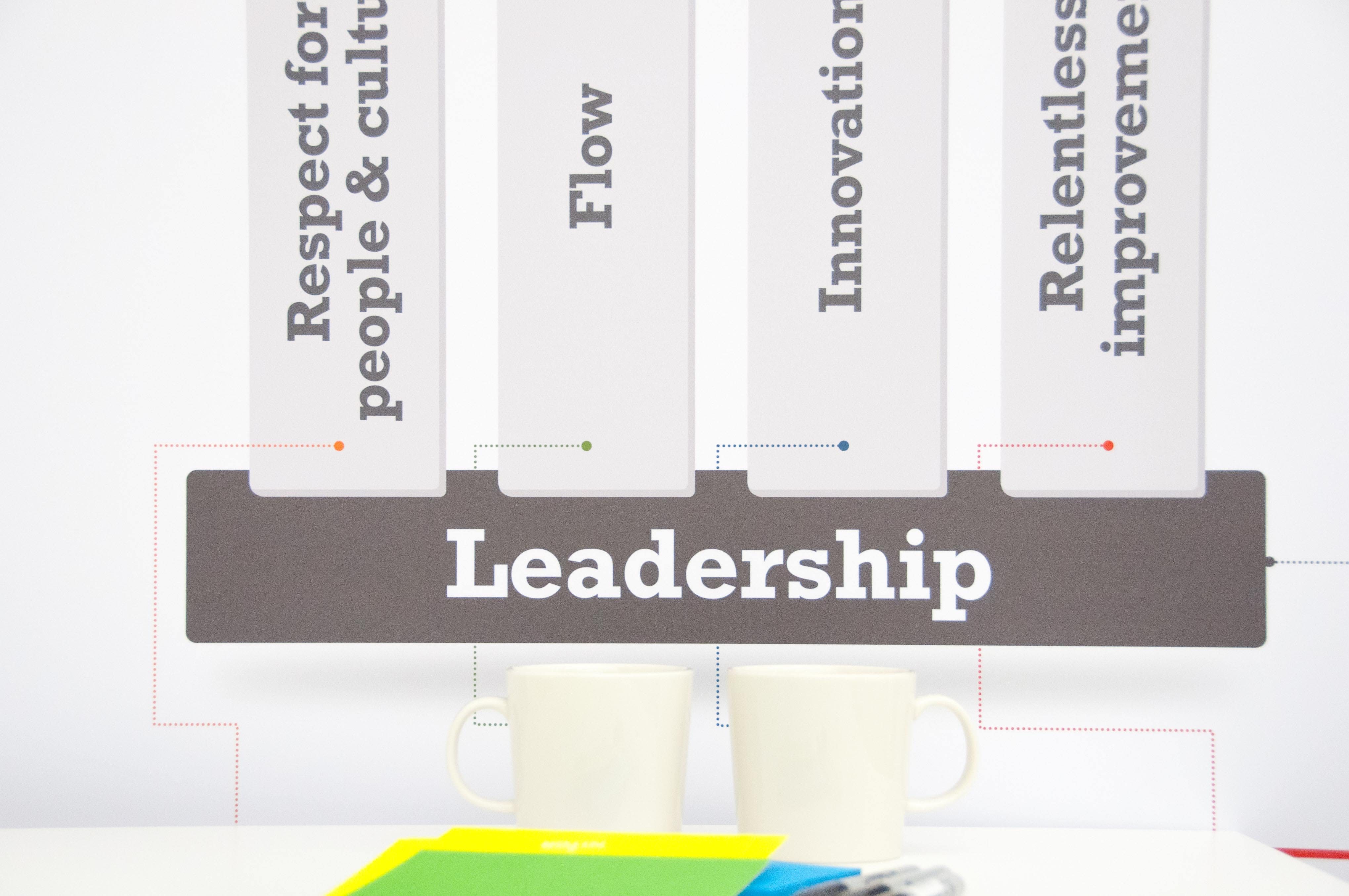Is your organization about to embark on a Scaled Agile transformation? To make a significant change, you need three things. You need to know why the change is needed, what is the goal and how you’re going to make it happen.
To guide your organization through a Scaled Agile transformation and change the way people think and act, your change agents equally would need to master many things – at least these three:
1. WHAT IS THE GOAL?
Globalization, digitalization, competitive pressure and the need for better customer service are among the most common answers to this question. While these are certainly the right things to achieve for the company itself, they often leave people unmoved. Clarity over the goal is missing or hidden under the complexity of the organization structure and dynamics, and people cannot grasp what it is they should now do differently.
Lean-Agile mindset and its guiding principles – like House of Lean, agile manifesto and 9 principles of SAFe – will help you to clarify your goals and lead your team through the transformation.
2. HOW DO WE WORK TO GET THERE?
The second item is knowing what to change in the everyday work. You need to know the Lean-Agile tools and techniques (Scrum, Kanban, Epic Hypothesis, cost of delay) and how to apply them. Utilizing these practical, tried-out tools will help your organization proceed towards the goal. Naturally, this also requires solid leadership – knowing how to lead the change effectively and change people’s thinking and behaviour.
3. HOW DO WE AFFECT PEOPLE’S THINKING?
In a successful transformation people learn to think differently and to recognise what needs to be done. The transformation itself needs to have a focus: what it is you want to optimize? What is that one thing that needs to be different? In an enterprise-wide Scaled Agile Framework transformation this one thing is shortest sustainable lead time.
When you focus on improving the development lead time, you actually make your learning cycles faster. As the time from having an idea and a hypothesis to acquiring real, validated data gets shorter, your time spent guessing is minimized and you can steer your organization more accurately.
With that faster learning (read: development) cycle you either improve your costs or build better features to your customers. And you get that time-to-market automatically.
It’s not enough that management commit themselves to quality and productivity, they must know what it is they must do. Such a responsibility cannot be delegated. —W. Edwards Deming
SAFe Program Consultants are made of these elements. Welcome to SAFe trainings!

Rami Sirkiä
Rami Sirkiä has MSc in Management Accounting and has bridged the finance function and software development function when he implemented a planning and financial system that complied with Scaled Agile SW development. Now he is helping companies to succeed in enterprise level agility.



